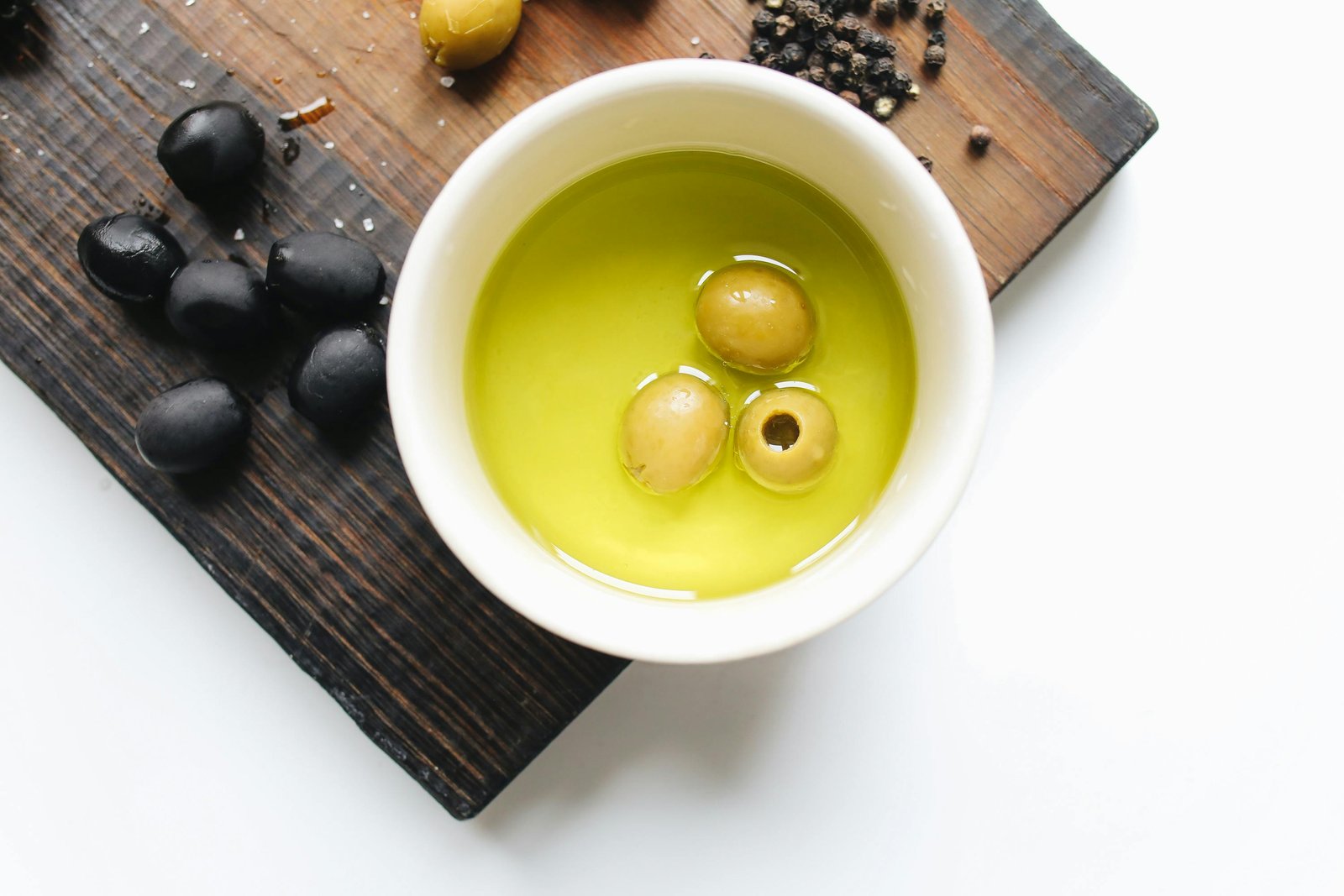
Why Early Harvest Olive Oil Is Worth the Price
If you’ve ever browsed high-end olive oils, you’ve likely seen labels boasting “Early Harvest Olive Oil” — and a noticeably higher price tag. But what does it really mean? And is it worth paying more?
In this article, we break down what early harvest olive oil is, how it compares to regular olive oil, and why it offers superior flavor, nutrition, and freshness — especially when sourced from Greece.
🕰️ 1. What Is Early Harvest Olive Oil?
Early harvest olive oil is made from unripe green olives picked at the beginning of the harvest season — typically in October or early November in Greece.
Because the olives haven’t fully ripened yet:
- They yield less oil, which is why it’s more expensive
- The oil is more intense, grassy, and bitter
- It contains significantly more polyphenols and antioxidants
✅ These oils are usually cold-pressed and extra virgin by nature.
🧪 2. Health Benefits of Early Harvest Olive Oil
The biggest reason to choose early harvest olive oil? Antioxidants.
Compared to standard oils, early harvest varieties have:
- 30–50% more polyphenols like oleuropein & hydroxytyrosol
- Higher levels of vitamin E and squalene
- Lower acidity, often <0.3%
- Greater anti-inflammatory and cardiovascular effects
🥼 Studies show that polyphenol-rich olive oils help protect blood vessels, reduce cholesterol oxidation, and support cognitive health.

🍈 3. Flavor Profile: Bold, Bitter, and Beautiful
If you’ve only tasted supermarket olive oil, early harvest might surprise you.
Tasting Notes:
- Color: Deep green or golden green
- Aroma: Grassy, herbal, fresh
- Taste: Bold, peppery, slightly bitter — a sign of polyphenols!
✅ The bitterness isn’t a flaw — it’s a mark of high quality and freshness.
🫒 4. Greek Early Harvest Oils: A World-Class Choice
Greece — especially Crete, Kalamata, and Lakonia — produces some of the world’s finest early harvest olive oils.
Why?
- Olives like Koroneiki are ideal for early picking
- Greece emphasizes small-batch, cold-pressed production
- Many oils are PDO-certified and traceable to a single estate
🌍 Unlike heavily commercialized oils, Greek early harvest options offer authenticity and terroir.
🍽️ 5. Best Uses for Early Harvest Olive Oil
Use early harvest EVOO raw to preserve its health benefits and flavor.
Try it on:
- Greek salads (with feta and oregano)
- Toasted sourdough or whole grain bread
- Grilled vegetables and legumes
- Dips like hummus or white bean puree
- As a drizzle over soups and meats
🔥 Avoid high-heat frying — it’s too good for that.
💰 6. Is It Really Worth the Higher Price?
Yes, and here’s why:
- You get twice the health benefits compared to refined oils
- The intense flavor means you use less per serving
- It lasts longer when stored properly
- Supports sustainable, small-batch Greek producers
Think of it like fine wine or raw honey — you’re paying for quality, not quantity.
🧾 FAQ
What makes early harvest olive oil better?
Higher antioxidant content, lower acidity, and fresher taste make it nutritionally and culinarily superior.
How do I know it’s really early harvest?
Look for the harvest date (Oct–Nov), color, and terms like “agoureleo” (Greek for early oil).
Can I cook with it?
Use it raw or for light sautéing. Avoid frying to preserve antioxidants.
Does it go bad faster?
No — the high polyphenol content actually gives it longer shelf stability, but store in a cool, dark place.
🔗 Conclusion
Early harvest olive oil is a premium product — and it earns that title. With more antioxidants, intense flavor, and nutritional punch, it’s a staple worth adding to your kitchen, especially when sourced from trusted Greek producers.
🫒 Ready to taste the difference?
→ Explore our Trusted Greek Olive Brands to find early harvest options.



